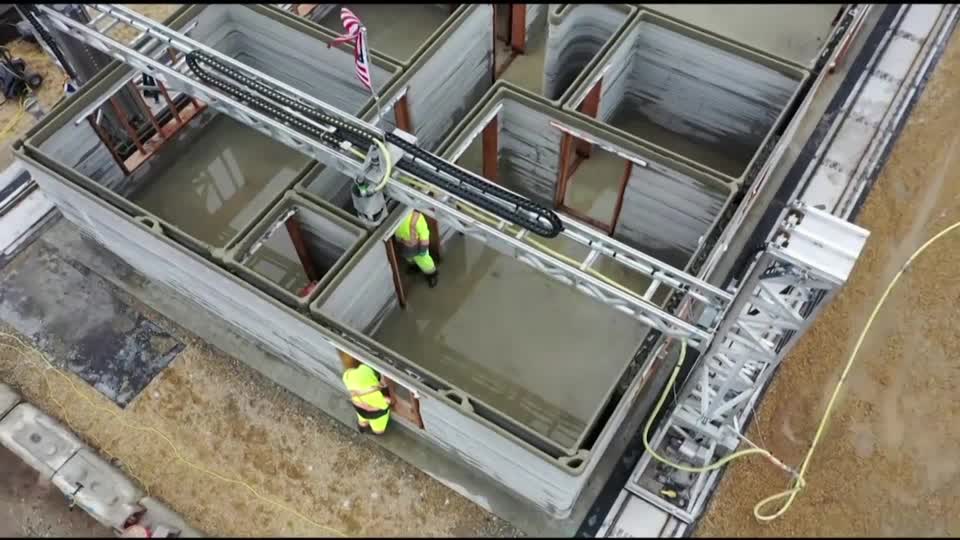DaveH
Striker
The resin printers do look really interesting. The build size is small for comparable costs to FDM, and some nasty chemicals that you shouldn’t pour down the sink. Amazing quality though. There is one video where he printed M2.5 screw threads and they were perfect.
If you are printing small games models and the like, resin seems the way to go.
If you are printing small games models and the like, resin seems the way to go.

